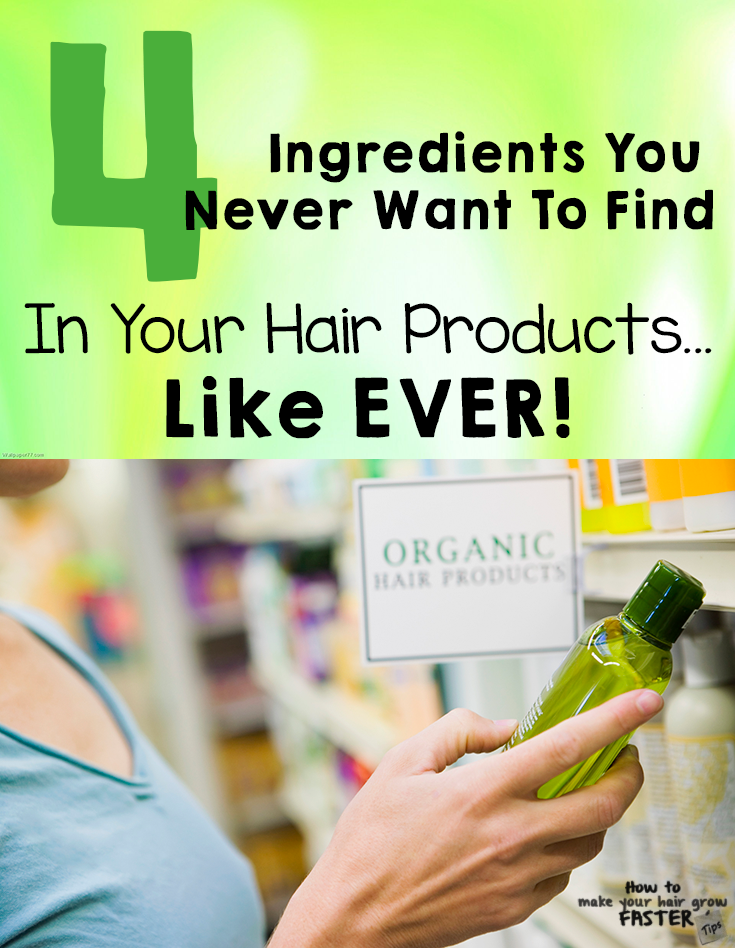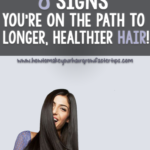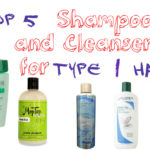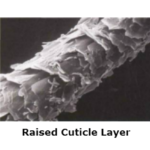
Hello Lovelies!
Are you reading the ingredients list on your hair products? Well if you aren’t you should be. Reading the ingredients on a bottle of shampoo is just as important as reading the list of ingredients in your cheese (seriously, read the ingredients in a typical package of cheese; you might be surprised!). It’s just as important to know what you’re putting on your body, in this instance your hair and scalp, as it is to know what you’re putting inside of your body.
Similar to how food’s purpose is to nourish the body, hair care products are meant to nourish, strengthen, and protect the hair. Your hair care products should not cause you harm or even put you at risk of suffering a harmful reaction. However, as evidence continues to emerge that many of the foods we routinely consume contain a lot of scary ingredients, similar information is coming forth about the ingredients in hair care products.
The hair care industry has undergone this transformation where “natural,” “non-toxic” ingredients is all the rage, but there’s still some pretty scary stuff that’s making its way into the products we use on our hair. Unfortunately, the FDA does not regulate cosmetic or beauty products or the ingredients used to formulate them, so it’s up to us to evaluate the products we use on our hair and the ingredients in them. I’ve created a short list of the top four ingredients you never, ever want to find in your hair care products, and if you happen to come across a product that contains one or more of these ingredients, stay far, far away!
Placenta
This is perhaps the worst ingredient ever used to formulate hair products. If you have a hair product that lists placenta as one of its ingredients, throw it away now and contemplate filing a lawsuit.

Seriously though, I don’t understand how it’s not criminal to still include this ingredient in beauty products because several studies have shown that placental extracts cause cancer. Placental extract is just a fancy term for hormones like progesterone and estrogen, both of rich have been proven to alter DNA and increase the risk of reproductive cancers.
Placental-based ingredients are often included in hair products that are popular among African American women for their ability to accelerate hair growth and thicken the hair. In addition to elevating the instances of cancer in this demographic, placental extracts have been linked to early puberty, with some girls showing signs of puberty as early as 7 years old. SEVEN YEARS OLD! Placental extracts are often found in anti-aging creams for their ability to draw in moisture and plump the skin. This is primarily how the ingredient works in hair too. It simply draws in extra moisture, creating the illusion of thicker, fuller strands. There are other products, safer products, that do the same thing, perhaps even better, so it’s not worth risking your lifetime exposure to DNA-altering hormones like estrogen by using products that contain this absolutely terrifying ingredient.
Certain Alcohols
So there’s a common misconception that all alcohols are bad for your hair, and this couldn’t be further from the truth. Some alcohols are actually good for your hair because they draw in more moisture and add slip to certain hair products, such as conditioners, which makes it easier to detangle the hair while it’s wet. The beneficial types of alcohols are what’s known as fatty alcohols, and they’re usually derived from animal fats, oils, and plants. All other alcohols are pretty much bad for your hair, and any hair product containing the “bad alcohols” will turn your once lush and soft locks into a damaged, brillo pad crisp. So how do you tell the difference between the bad alcohols and the good alcohols, just look out for what’s known as “evaporating alcohols” in the following list, and if you spot any of them in a hair product’s listed ingredients, just put it back and walk away.
List of Bad, Evaporating Alcohols You Never Want to Find in Your Hair Products
Propanol
Propyl
SD Alcohol 40
SD Alcohol
Isopropyl
Propyl
DEA
Diethanolamine, more commonly known as DEA is an emulsifier and foaming agent found in many beauty products, including hair care products. DEA and its derivatives, momoethnanolamine (MEA) and triethanolamine (TEA), are responsible for giving shampoos, bubble bath, and cleansers their thick consistency and foaming abilities. Similar to placental extracts, DEA is also a DNA disrupting chemical. A study conducted by the National Toxicology Program (NTP) found that residual levels of DEA, meaning portions that penetrate the skin over a period of extended use, can be linked to various types of cancer.
The scariest thing about DEA is the fact that it’s still heavily used in so many hair care and beauty products, even ones that claim to be natural or organic, which is why it’s important to read the label on all products. California has taken a stand against this known cancer-causing ingredient, and the state’s Center for Environmental Health (CEH) filed a big lawsuit in 2013 against over 100 companies that still sell products containing this harmful ingredient. The lawsuit includes big chain retailers like KMart, CVS, Rite Aid, Walgreens, Sephora, and Walmart just to name a few. So if you shop at any of these big chain stores for your hair products, please read the label, even on the organic or natural products, and look out for products that list DEA, MEA, or TEA among the ingredients.
Synthetic Fragrances Listed Within the First Five Ingredients of a Hair Product
It’s rather difficult to find hair products that don’t contain some type of synthetic fragrance, and they’re responsible after all for the lovely scents and smells that linger in our hair. However, when a synthetic fragrance is listed within the first five ingredients of a hair product’s ingredient list, buyer beware. You see, when a synthetic fragrance is listed towards the top of a product’s ingredient list, it’s an indication that the fragrance was used to camouflage an ingredient that can be more damaging to the hair or harmful to the scalp and body.
On top of using fragrances and perfumes mask sketchy ingredients, hair product manufacturers can use literally thousands of questionable ingredients to make up a single scent! So that sweet, fruity smell from your favorite conditioner could be made up of thousands of synthetic chemicals, and you’d have not a single clue because no one regulates this practice.
The solution? Only use products where the fragrance is listed towards the bottom. This indicates that the fragrance makes up a relatively small portion of the product’s overall formulation, which simply means less fragrance was used to give the product it’s smell. Only using fragrance-free products and then adding in your own scents using oils is another solution to the fragrance problem, especially if you’re allergic to synthetic fragrances. This way, you’ll know exactly what’s going onto your hair and body.


